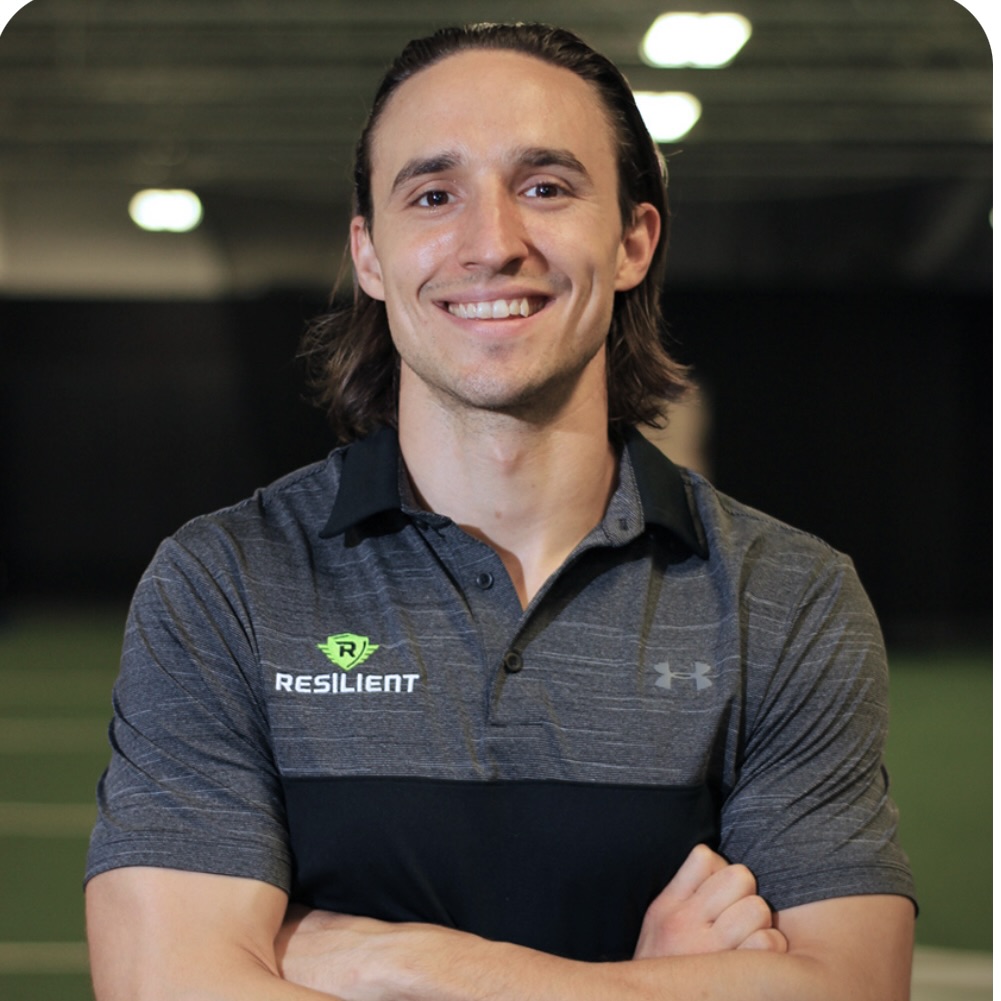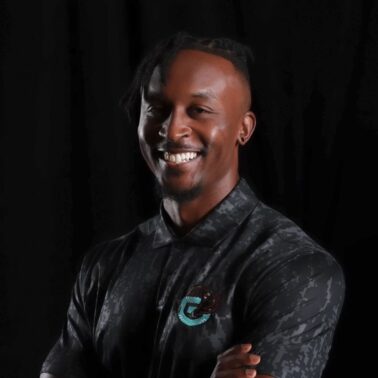“Just because someone can pass a return-to-sport test doesn’t mean they’re truly ready for the demands of the game.”
Trevor rappa
What You will learn
- How intensity is superior to volume during rehab
- Balancing biology and criteria
- The role of first principles of S&C during rehab
- Communication is critical amongst different professions
- Progressions are the tests and the tests are not the answers
In this conversation, Adam and Trevor discuss the return to sport process and the principles that guide their approach. They talk about the importance of balancing biology and criteria, with a focus on understanding healing timelines and the specific criteria needed for each sport. They emphasize the need for athletes to meet certain benchmarks, such as quad strength, acceleration, max velocity, change of direction, and jumping ability. They also highlight the significance of strength training in the return to sport process and the potential pitfalls of not getting athletes strong enough. Overall, their approach is rooted in respecting biology while working towards specific criteria and goals. In this conversation, Adam and Trevor discuss the challenges and considerations in return to play and rehabilitation. They highlight the importance of focusing on strength and building a solid foundation before progressing to more advanced activities. They also discuss the role of capacity and fitness in the rehab process and the need for better communication and collaboration between practitioners. The conversation concludes with a discussion on the current state of the industry and the hope for improved standards and criteria for return to play. Small wins and the importance of individualized programming are also emphasized.
Listen here – Finding Small Wins Podcast:
026 | Trevor Rappa: Evolving Sports Rehab: A deep dive into return to play
Key Takeaways
- Balancing biology and criteria is crucial in the return to sport process.
- Understanding healing timelines and specific criteria for each sport is important.
- Athletes need to meet benchmarks such as quad strength, acceleration, max velocity, change of direction, and jumping ability.
- Strength training plays a significant role in the return to sport process.
- Respecting biology while working towards specific criteria and goals is key. Building strength and a solid foundation is crucial before progressing to more advanced activities in return to play and rehabilitation.
- Capacity and fitness play a significant role in the rehab process and should be addressed alongside strength training.
- Effective communication and collaboration between practitioners is essential for the successful return to play of athletes.
- The current state of the industry lacks standardized criteria for return to play, and there is a need for better standards and guidelines.
- Small wins and individualized programming are important in achieving high performance and success in rehabilitation and return to play.
episode timeline
00:00 Introduction and Catching Up
07:10 Trevor’s Journey to Dunking
15:09 Balancing Biology and Criteria
34:03 The Role of Capacity and Fitness
45:49 Celebrating Small Wins



